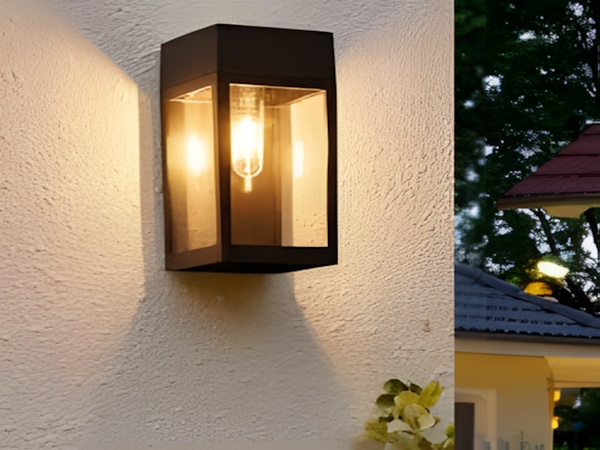
The significance of solar street lights lies in bringing more light to us at night. However, with so many types of solar street lights available in the market, many people are uncertain about how to choose the right one. To select an appropriate solar street light, it is essential to understand the application scenarios after purchase. So, how are solar street lights classified according to their application? Here, the editor from Century Sunshine Lighting will introduce it.
Classification of solar street lights based on application scenarios:
1. Clamp-type solar street lights
Current street lights are generally purchased as a whole, where the lamp pole and lamp arm are connected with bolts. The clamp-type street light is fixed to the lamp pole with a steel clamp, commonly used on concrete poles.
Generally speaking, the lifespan of the lamp pole is much longer than that of other components. In many cases, only some components outside the lamp pole need replacement. If the lamp pole is replaced unnecessarily, the cost can be significant. Therefore, choosing a clamp-type solar street light is more suitable in such cases.
Additionally, if there are any existing utility poles, they can also be utilized. Assembling them with clamp-type solar street lights can save considerable costs, making this green light commonly used in rural areas.
2. Solar wall lights
Solar wall lights mainly serve a decorative purpose and are typically used in places like garden gates, corridors, or rooftops. Generally, solar wall lights are better with a separate structure since the light source is installed on a wall; solar panels might be blocked by the building, preventing direct sunlight and affecting the light’s efficiency.
With a separate structure, solar panels can be flexibly installed in areas where they can receive good sunlight for different scenarios. This light source does not require a lamp pole and is easier to install, but it is necessary to consider energy loss from the wiring when selecting configurations to avoid affecting user experience. However, this is not an absolute situation, as sometimes all-in-one street lights may be more appropriate based on actual circumstances.

3. Solar garden lights
Solar garden lights often require more focus on their design since gardens serve as places for rest and entertainment. Street lights here should consider not only their lighting function but also their decorative role. Stylish and exquisite designs can better blend into the garden, creating a harmonious and comfortable atmosphere.
When it comes to light sources, solar garden lights generally avoid cool white light as it may create a cold feeling. Instead, a warm light source with lower color temperature can be used. If some garden lights serve only decorative purposes, they can use light colors that enhance the ambiance. Ultimately, this depends on specific situations.
4. Solar lawn lights
This type of light also primarily serves a decorative function, providing soft illumination and a variety of colors. Even during the day when they are not lit, they still offer decorative value. At night, the gentle light enhances the visual appeal.

Although these lights may not have a particularly strong brightness, they still provide some light at night, contributing to a sense of safety. They are typically used in parks, garden villas, pedestrian streets, commercial districts, and plazas with green spaces. Utilizing solar energy resolves the conflict between insufficient light and short illumination time, improving efficiency. Most of them also feature automatic alarm functions, ensuring safety during use.
5. Wind-solar complementary street lights
Wind energy, like solar energy, is also a renewable clean energy source. In areas with suboptimal sunlight conditions, using these street lights is highly suitable, as they better overcome environmental and load limitations, allowing for broader application. However, these lights require higher technical standards, which naturally increases costs. Therefore, it is essential to choose according to needs.
This concludes the classification of solar street lights based on application scenarios. I hope this article is helpful. If there are any other questions regarding solar street lights, feel free to reach out to us for discussion.



